#ramate
Text


Dubiner House, Ramat Gan, Israel. Design by Zvi Hecker, Alfred Neumann, Eldar Sharon.
(Harvard Library)
174 notes
·
View notes
Text
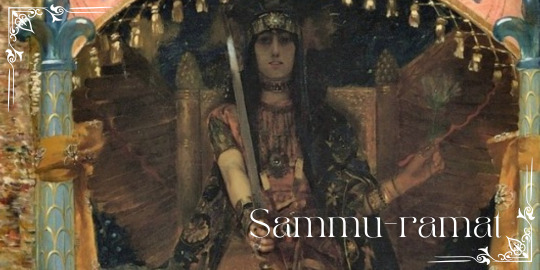
"Sammu-ramat was the wife of King Shamshi-Adad V (823– 811 BCE) and mother of King Adad-narari III (810– 783). Some scholars assume that she was co-regent with her son, while others doubt that she served this function. The main evidence for the assumption that she functioned as co-regent (not a clearly defined office, but a rather an ad hoc solution in a difficult situation), is a stone stele that is extraordinary in several regards:
Boundary stone of Adad-narari, king of Assyria, son of Shamshi-Adad (V), king of Assyria (and of) Semiramis, the palace-woman of Shamshi-Adad, king of Assyria, mother of Adad-narari, strong king, king of Assyria, daughter-in-law of Shamaneser (III), king of the four quarters. When Ushiplulume king of the Kummuhites, caused Adad-narari, king of Assyria (and) Semiramis, the palace woman to cross the Euphrates. I fought a pitched battle with them – with Atarshumki, son of Adramu, of the city of Arpad together with eight kings who were with him at the city Paqarahubunu. I took away from them their camp. To save their lives they dispersed. In this (same year) they erected this boundary stone […]
The first extraordinary fact is that the king mentions his mother in his genealogy, something that is completely unusual. Additionally, he states that he was accompanied by his mother while he was on a campaign, which seems a bit strange for a heroic king. These two points indicate that Sammu-ramat actually held a truly prominent role, that perhaps she herself led the military operation instead of her son Adad- narari, who might simply have been too young to rule himself.
However, as we do not have much further evidence, her co- regency will remain a matter of discussion, but the simple existence of this inscription indicates that something extraordinary was going on here.
As mentioned above, we have no evidence for later narratives that refer to a powerful warrior queen Sammu-ramat in Mesopotamia that might have inspired the creation of the Greek image of the Mesopotamian warrior queen Semiramis. Since most of our sources derive from official or even royal archives, it comes as no surprise that folk stories are not very well attested. They mainly belonged to the oral sphere and if they were written down, scribes might have used the easier Aramaic for such stories. Unfortunately, Aramaic was mostly written on papyri and parchment and these organic materials quickly deteriorated under Mesopotamian climatic conditions. Therefore, it seems very unlikely that we will ever know what inspired the Greeks when they wrote about the famous queen Semiramis, who has often been considered identical with Sammu-ramat. Actual evidence for links between the two women are as yet missing."
Fink Sebastian, "Invisible Mesopotamian royal women?", in: The Routledge companion to women and monarchy in the ancient mediterranean world
#sammu-ramat#history#women in history#women's history#queens#mesopotamia#assyria#ancient world#ancient history#warrior queens#9th century BCE#powerful women
38 notes
·
View notes
Text

Rare Bronze Mirror Found in 2,300-Year-Old Grave of Greek Courtesan in Jerusalem
Archaeologists in Israel have discovered what they believe to be the remains of an Ancient Greek courtesan.
The cremated remains of a young woman were found in a burial cave alongside a perfectly preserved bronze box mirror on a rocky slope close to Kibbutz Ramat Rachel, not far from Jerusalem.
The tomb is believed to date back to some time between the late 4th century and early 3rd century BCE, according to a joint study carried out by Tel Aviv University and the Israel Antiquities Authority (IAA).
Guy Stiebel, from the department of archeology and the Ancient Near East at Tel Aviv University, saiid in a phone interview that the find is “very significant.”
“It’s almost like bringing back to life a woman who passed away 2,300 years ago,” he said of the research, which he compared to a “jigsaw puzzle or riddle.”
He and his team believe this could be the first discovery of the remains of a hetaira, as courtesans were known in Ancient Greece.
“If we are correct with our interpretation, it appears that this burial points to the very unique circumstances of what we call a hetaira, a Greek lady who accompanied one of the Hellenistic government officials, or more likely a high general,” he said.
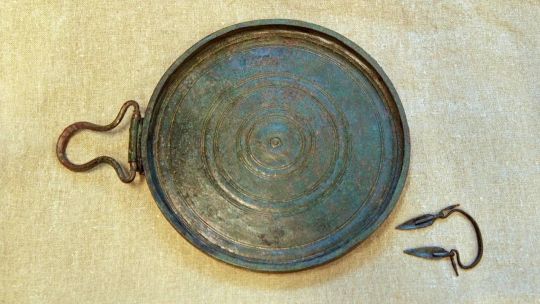
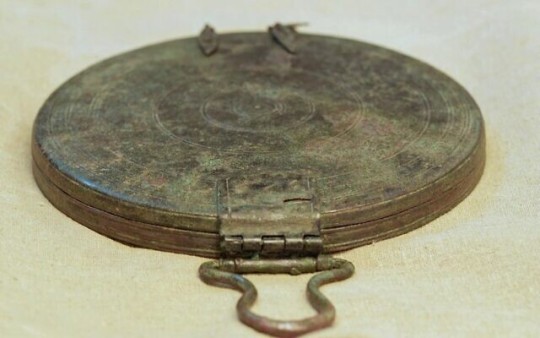

In the Middle East and eastern Mediterranean, the Hellenistic age refers to the period between the death of Alexander the Great in 323 BCE and the conquest of Egypt by Rome in 30 BCE. Stiebel said that he and his team believe the woman would have been among the first Greeks to arrive in the region.
Liat Oz, the director of the excavation on behalf of the IAA, described the mirror found in the tomb alongside the remains.
“This is only the second mirror of this type that has been discovered to date in Israel, and in total, only 63 mirrors of this type are known around the Hellenistic world,” she said in a news release about the discovery.
“The quality of the production of the mirror is so high that it was preserved in excellent condition, and it looked as if it was made yesterday.”
Folding box mirrors such as this were documented in tombs and temples in the Greco-Hellenistic world, the researchers noted. They were usually decorated with engravings or reliefs of idealized female figures or goddesses.

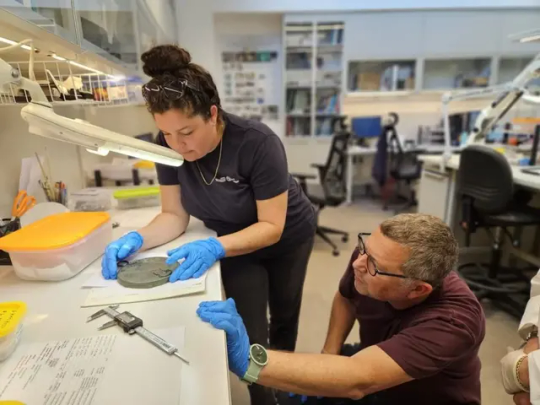
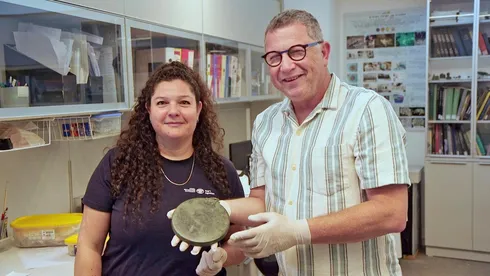
Stiebel said a woman of high status might have received such a mirror as part of a dowry, but this was unlikely to have been the case in this instance as married women rarely left their homes in Greece.
Alternatively, he said, she might have been a courtesan, as they often received gifts from men. Likening the hetairai to Japanese geishas, Stiebel explained that the women were regarded as “muses.”
He said: “Women in society were breaking glass ceilings in very strict and male-oriented Greek society and we do know that they served not only as sexual escorts, but were similar to geishas and provided an element of culture. For that they were given gifts and part of the economy of gifts in Ancient Greece had to do with mirrors.”
The fact the remains were cremated also hinted at the woman’s origins, Stiebel said.
“Cremation is alien to this country and the religion,” he said, explaining that cremation is not only forbidden in Judaism but would not have been practiced by the Persian empire either, which occupied the region at that time.
“The tomb was found in the middle of nowhere, not near any village or farm or settlement, which suggests that she would have been connected with one of the military campaigns and dated to the time of Alexandra the Great or slightly later.
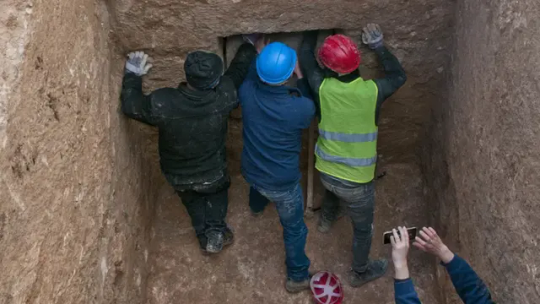


“We are suggesting that maybe she was with one of the generals.”
Stiebel went on to explain the significance of four iron nails found with the mirror and remains.
“Nails were used to protect the deceased and also to protect the living people from the dead. The bodies were literally nailed down to ensure they will not come back to the world of the living,” he said.
Stiebel said that the team are continuing with further research in order to “zoom in” on the finer details of the mirror.
He said: “We hope to shed more light on the origin of the production of the art and maybe shed more light on the history of the owner of the mirror, the general who bought it or where she came from.”
The research will be presented for the first time at an Israeli archaeology conference next month.
By Lianne Kolirin.
#Rare Bronze Mirror Found in 2300-Year-Old Grave of Greek Courtesan in Jerusalem#Ancient Greek courtesan#Kibbutz Ramat Rachel#ancient tomb#ancient grave#ancient artifacts#archeology#archeolgst#history#history news#ancient history#ancient culture#ancient civilizations#hellenistic period#persian empire#greek history
80 notes
·
View notes
Text

Ramat Gan had to erect a second memorial to victims of terror for those murdered on October 7.
9 notes
·
View notes
Text
Que substituições de merda, tomates para tirar o r*naldo não existem.
6 notes
·
View notes
Text




This tree is so cool. I don’t know what it is but it has a fat tummy with warty thorns on its belly and arms. Then it has plump tree testicles that grow from it - but these seem to burst into flamboyant cotton candy bollocks.
leekern13
34 notes
·
View notes
Text




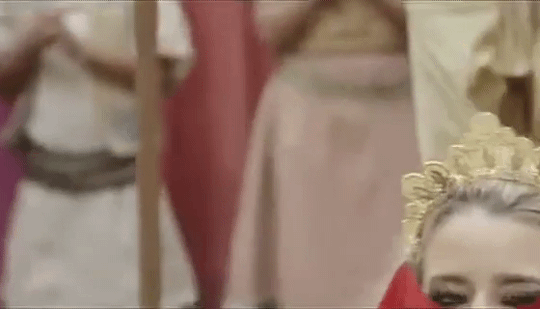




#history#Samurramat#Samu-ramat#El rico y el lazaro#O rico e o lazaro#Belly dance#Dance#Dancer#brazilian serie#brazilian#brazilian actress#brazilian beauty
47 notes
·
View notes
Text

Shenkar College of Engineering, Design and Art
#Shenkar College of Engineering Design and Art#shenkar college#shenkar#ramat gan#israel#design school#art school#wikipedia#wikipedia pictures#architecture#buildings#college#school
10 notes
·
View notes
Text
if I say bastion/ramattra will I get slaughtered
10 notes
·
View notes
Text
they never have vegetables here soo im not eating much ever besides like ice cream and its like this probably isnt good.
2 notes
·
View notes






